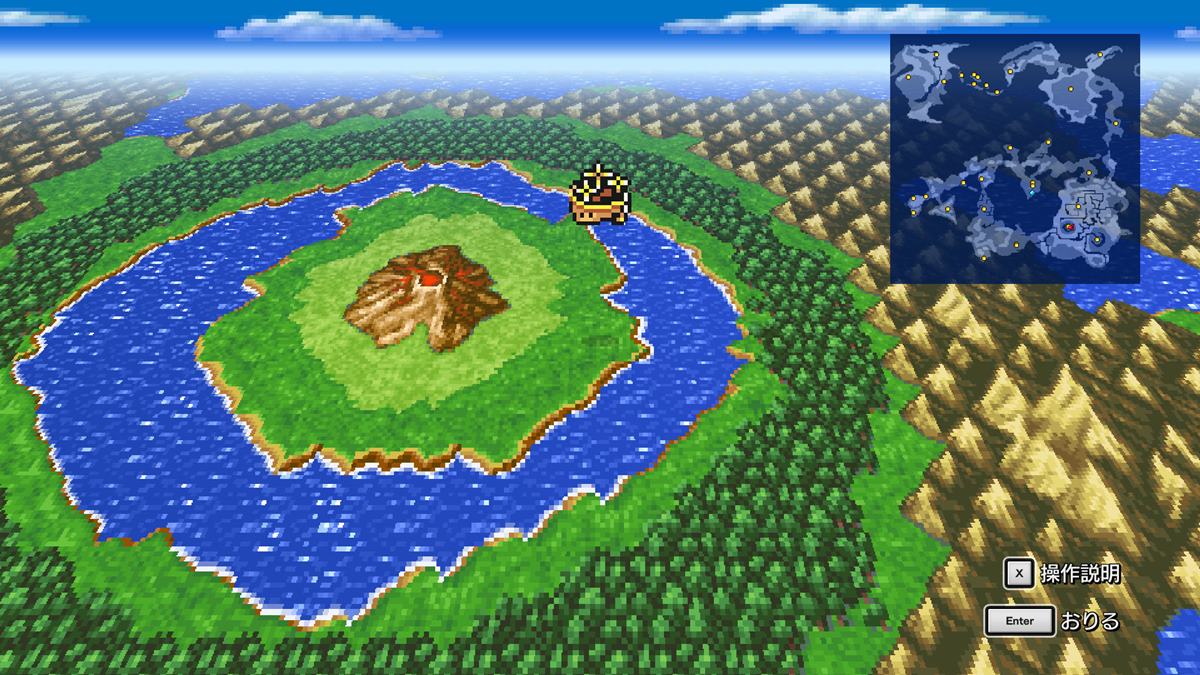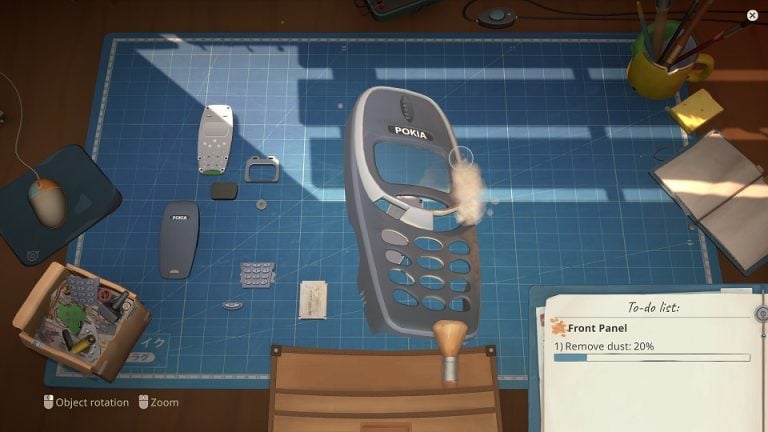Written by. Nick Mosier based on the original Japanese article (original article’s publication date: 2022-05-30 21:32 JST)
A discussion broke out on Twitter in Japan looking into the reasons why video games are taking longer and longer to develop. Of course, there isn’t only one reason as developers have more graphical power at their disposal and the scope of games continues to increase, but there are a number of factors to consider when it comes to modern day game development.
The tweet that started the conversation
The discussion began with a tweet from 3D modeler @naraken3655 who wonders, “Is there a discussion going on as to why game development takes longer now compared to the old days?”
@naraken3655 points out that a roughly two-year development cycle used to be on the long side of what it took to complete a game but that it now takes 4 to 5 years. In order to see if there’s another reason besides just increased hardware performance, they want to analyze multiple aspects of the development process and see if there lies a hint somewhere about how to shorten development times.
One example @naraken3655 considers in their thread is how nowadays, procedural modeling and other semi-automated resource production techniques have spread in the industry but using them may actually increase the workloads of designers by putting more factors to deal with within their grasp.
The idea being that research into automated processing may be increasing productivity and how expressive developers can be, but that in turn puts more pressure on resource and asset production for games. By not drawing a line somewhere to only focus on what’s critical, @naraken3655 thinks it’s hard to say these tools truly improve the efficiency of game development.
Are game development cycles actually getting longer?
How long a game takes to develop will vary based on its scale and how it’s developed, but a good benchmark for seeing if games are taking longer to develop is to look at the gaps between games in long running series. For example, early titles in the Resident Evil series were released between spans of one to two years, with games after Resident Evil Zero coming in intervals of three or more years. Furthermore, it was 5 years between Resident Evil 7: Biohazard and the previous release, and another 4 years until Resident Evil Village. Final Fantasy, Dragon Quest, and other long running series also see the same increase in time between releases.
The cause of gaps between releases isn’t necessarily because of increased development time. However, when it comes to franchises that are a pillar of their business, companies want to deliver these flagship releases to fans as quickly as possible while taking the time to make a quality product. For that reason, there’s likely a correlation in longer gaps between releases and increased development time.
At the very least, it’s probably safe to say that development times for AAA titles are increasing. There’s also a tendency to have longer gaps between releases when we move to a new hardware generation. With more powerful machines and greater graphical capabilities comes an increase in the resources needed for development.


Another game developer named GANBE added, “An increase in graphical resources or game content multiplies the programming workload. And besides development, the opinions of users also play a big role,” pointing out that even a slight dip in graphical quality can draw the ire of players which influences development.
Project management is also getting more complicated
GANBE also touches on more human factors. As the workload on a game increases, the number of staff involved tends to increase as well. As dividing work continues, friction between each section may intensify, and as developers rely more and more on outsourcing, their communication cost increases.
Then there’s the tendency for each section to view their part as the most important, creating internal battles between groups if the director or producer don’t clearly state what the priorities are. GANBE says there are cases where this has caused disfunction between teams as projects expand and the management cost of human resources increases.
A game developer named POLY-AN says that games often take longer to develop than what was estimated during the planning stages of a project. That extended time beyond the original deadline then carries into the estimates of the next project, and the next project, pushing deadlines further and further back, although POLY-AN also mentions that this is a pattern seen outside of the video game industry as well.
The shift toward live service games
Some are also pointing out that games themselves are changing, with @m_sigepon who worked on modeling for the Atelier series and Robotics;Notes saying they think games moving towards live service is another factor. Before, the goal line was when a game launched, but that has been shifting toward continuing to provide content after launch. This has created a need to continually pump out high-quality assets and design games so that they can be operated as long running services, resulting in longer development times.
Nowadays, patches and additional content through DLC have become a fundamental part of large-scale titles. Having to plan and develop content beyond a game’s release likely also requires a decent amount of work.
@m_sigepon also explains that “while technologically, the games we can create has expanded, the genres that can make back their development costs is decreasing.” This is the result of the quality and budgets of AAA titles increasing and becoming the new standard that others must follow.
Noriyuki Shimoda, a former producer at Sega, prefaced their tweet by saying this is what they’ve heard from others, but shared a number of ideas saying, “as expressive power increases, so does the workload needed for graphics,” “localized versions used to be separate projects but are now done together,” and “the increase in modes and content that comes with online support.”
In addition, Shimoda wonders if with the expansion of organizations comes an increase in staff that pushes beyond what’s ideal, and casts doubt on the idea that games were developed faster in the old days because people worked longer.
Certainly, in recent years we’ve seen a movement toward reducing overtime and excessive work hours toward a healthier work-life balance. It sounds plausible that with developers working less hours, games would take longer to make. However, Shimoda points out that besides projects made up of superhumans that can remain productive regardless of hours worked, long working hours take a toll on productivity. Shimoda doesn’t seem to think there’s necessarily a connection between shorter working hours and longer development times.
To summarize, some of the main reasons AAA titles are taking longer to make include increased graphical power, a shift in how games are sold, and project management becoming more complicated. Most gamers were likely aware of this to some extent, but listening to developers involved in making games shows it’s more complicated than simply needing more time or hands on deck to take care of everything.
Gamers, developers, and publishers all want well-made games that are developed quickly and efficiently. As technology advances to provide next-generation gaming experiences, developers will likely have to examine what’s important on a daily basis to make games more interesting and to develop them faster.





